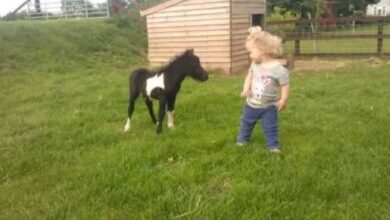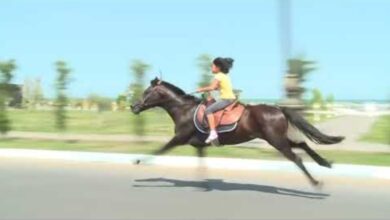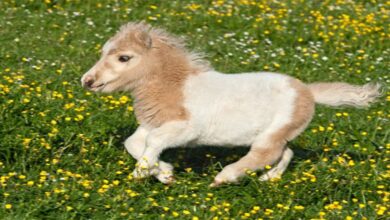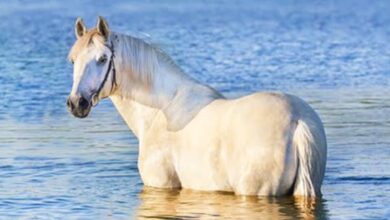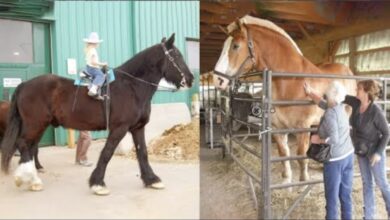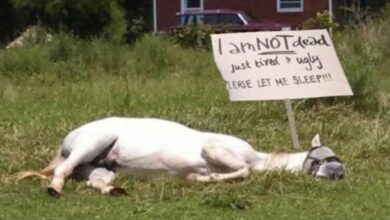20 Most Dangerous Horses In The World
Because people in the Volga-Don region bred horses for domestication and quickly began migrating to new places with them, this new line of horses soon spread from western Europe to eastern Asia and beyond.
The migration “was almost overnight,” says Orlando, whose study was published on October 20 in Nature. “This was not something that built up over thousands of years.”
“As they expanded, they replaced all the previous lineages that were roaming around Eurasia,” he says. The domestic horse we know today “is the winner, the one we see everywhere, and the other types are sort of the losers.” (Learn how horses communicate with one another.)
What’s more, horseback riding and horse-drawn war chariots, which were common a few hundred years after the equines’ domestication, changed the power dynamics between societies and likely further spurred the spread of the new horse.
In Bronze Age Europe and Asia, about 5,000 to 4,200 years ago, people were probably domesticating horses. E. caballus evolved from short, horse-like grazers that roamed North American grasslands as early as the Eocene epoch (which began about 56 million years ago) and crossed over the Bering land bridge during the last ice age.
Archaeological and historical records suggest that quite suddenly, around 4,200 years ago, horse populations mysteriously shot up across Eurasia. Was climate change expanding grasslands and giving horses more habitat? Were people across the world breeding herds at the same time? Or did these domesticated horses share a common source?
